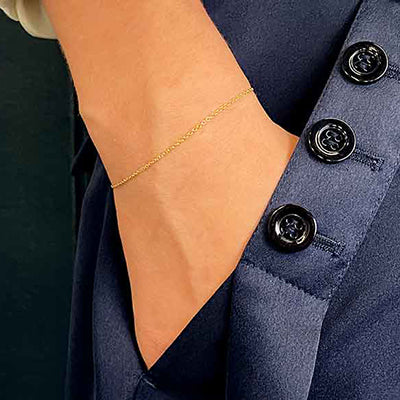
Diamonds might be a girl’s best friend, but they don’t have to be mined from the ground to be popular. In 2022, 36% of men proposed with a lab-grown diamond engagement ring. And this figure has doubled since 2020. This is according to a survey from the wedding website The Knot.
Sales of natural diamonds are down around 25% as people look for more ethical and sustainable ways to profess their love. Lab grown diamonds are known for their incredible value and superior quality. Choosing a lab grown diamond will also open up a world of possibilities for beautiful colours and unique cuts.
So, what is driving the demand for lab grown diamonds, will this change the diamond trade forever, and how do you know if a lab grown diamond is right for you?

What is a lab grown diamond?
Lab grown diamonds are structurally identical to mined diamonds, but they take weeks to create, rather than billions of years. Scientists have figured out a way to replicate the conditions required to create a diamond, but in a fraction of the time.
Instead of digging them out of the ground, we can grow them in a lab. And since we have control over the material that goes into the process, we have far greater control over the finished product. This means we can create ultra rare coloured diamonds with ease.
Are lab grown diamonds real diamonds?
Yes, according to gemologists, lab grown diamonds have all of the same characteristics as mined diamonds extracted from the earth. They also undergo the same certification process, and will simply state on the certificate that it is a lab grown diamond.
They last just as long as natural diamonds, but they do not retain their value in the same way. The cost of the diamond is associated with the cost of production, not the rarity of the stone. So the resale value will not be as high as a natural diamond of the same cut, clarity, colour and carat.

Why are lab grown diamonds so popular?
There are a number of reasons that lab grown diamonds are growing in popularity.
- They are more ethical and sustainable than natural diamonds. Natural diamonds require a lot of fossil fuels to extract them from the ground. There is also the chance that they could be from conflict zones, or be extracted by child labour. By choosing a lab grown diamond, you remove any of the associated guilt and risk.
- They are cheaper. The price of a diamond is linked to its rarity. Larger and unique diamonds are therefore more expensive than smaller diamonds. But a lab-grown diamond’s price is linked to its size alone. This means you can enjoy a larger diamond for a fraction of the price. Since they are indistinguishable by the naked eye, most people don’t mind this compromise.
- They are higher quality. When a diamond is produced in the earth, whatever components are present while it is being made will be visible in the form of inclusions. With a lab grown diamond, we have complete control over the input, which means we have control over the output. This means that lab grown diamonds typically have a better colour and clarity grading. It’s also possible to make diamonds larger, which offers greater flexibility in the final cut and carat.
- They look the same. Perhaps the biggest case for choosing a lab grown diamond over a natural diamond is simply that they look identical. If there is no visual difference between a lab grown diamond and a natural diamond, and the only difference is the price, most couples would opt for the larger and more impressive stone.

How to choose a lab grown diamond engagement ring
If you’ve decided you want to choose a lab grown diamond ring, the good news is that you’ll have plenty of choice. There are boutique sellers offering lab grown diamonds in bespoke settings, while high street retailers like Pandora are also joining in the trend.
As with any diamond purchase, you need to be clued up on the 4 Cs. These are cut, clarity, colour and carat.
- Cut refers to the shape of the diamond.
- Clarity refers to the internal perfection of the diamond.
- Colour refers to the shade, ranging from colourless to yellow.
- Carat refers to the weight of the diamond, not the size.
With a lab grown diamond, the main focus will be on the cut and the carat. This is because the manufacturing process is very precise, so it’s rare to see diamonds with a low grade for clarity or colour.
By focusing on the cut and carat, you can design the perfect ring that you can be confident your partner will love. Remember that halo settings will make a diamond appear larger, and elongated cuts like an emerald or pear shape will also make the diamond look bigger. Explore more tips for choosing the right engagement ring on our blog.
Conclusion
Lab grown diamonds are growing in popularity with very good reason. They are cheaper than mined diamonds, have good sustainability credentials, are completely cruelty-free and can also be structurally superior.
This is why around one third of shoppers were drawn to lab grown diamonds in 2022, and this number looks set to grow even further in 2023 and beyond. We could soon see the end of diamond mining as we have now found a way to create these dazzling stones in a fraction of the time.


















